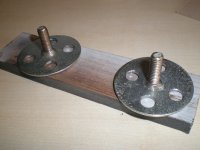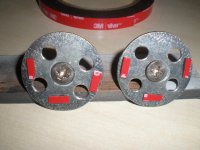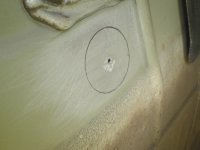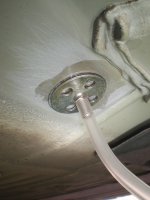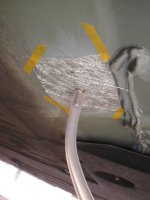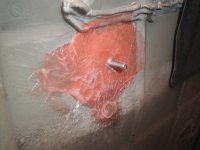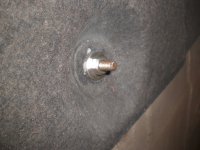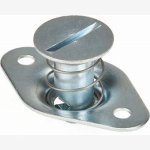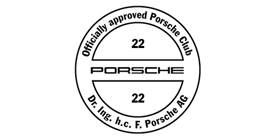I am giving my Boxster a good going over while its fully up on axle stands and doing its 12 year service.
I have removed all the undertrays to give them a clean and remove the multitude of stones and gravel they have been collecting.
Unfortunately, three of the plastic nuts which is one type of tray fixing has sheared off their threaded studs that are fixed to the underside of the body.
I have oodles of plastic fixings etc in my stock but as yet cannot find a way of reinstating a fixing to replace the sheared stud and plastic nut.
Obviously I will have to remove the remnants of the sheared stud from the underside of the body.
I just wondered if any other owner has experienced this and how they managed a fix.
I have removed all the undertrays to give them a clean and remove the multitude of stones and gravel they have been collecting.
Unfortunately, three of the plastic nuts which is one type of tray fixing has sheared off their threaded studs that are fixed to the underside of the body.
I have oodles of plastic fixings etc in my stock but as yet cannot find a way of reinstating a fixing to replace the sheared stud and plastic nut.
Obviously I will have to remove the remnants of the sheared stud from the underside of the body.
I just wondered if any other owner has experienced this and how they managed a fix.


